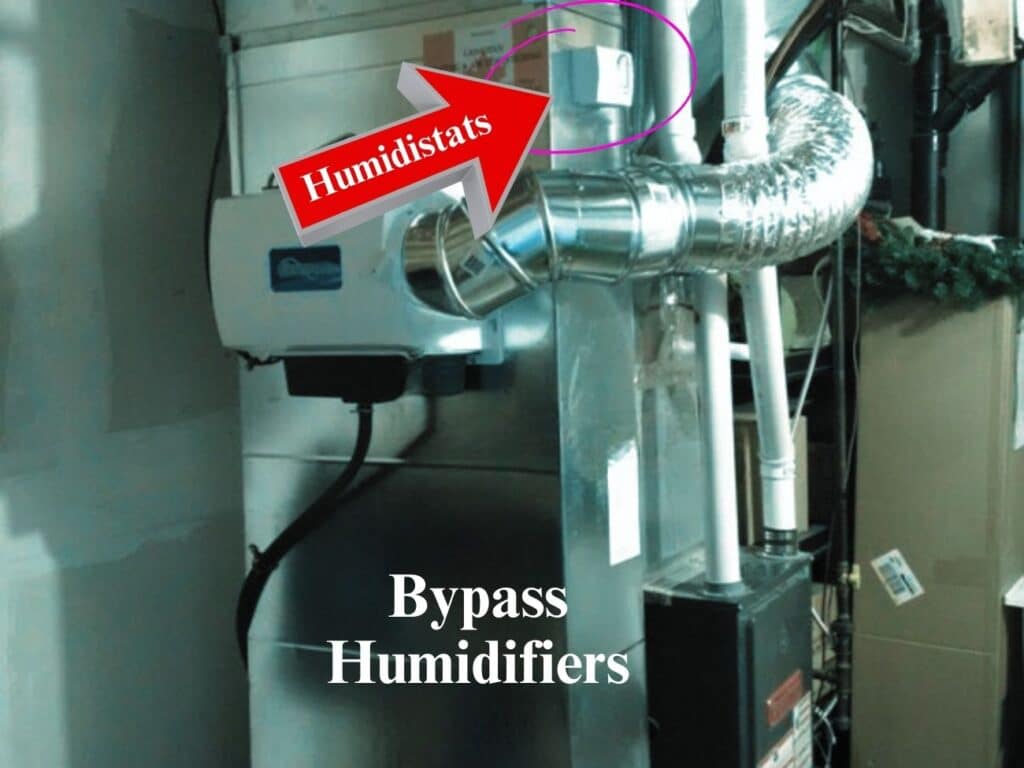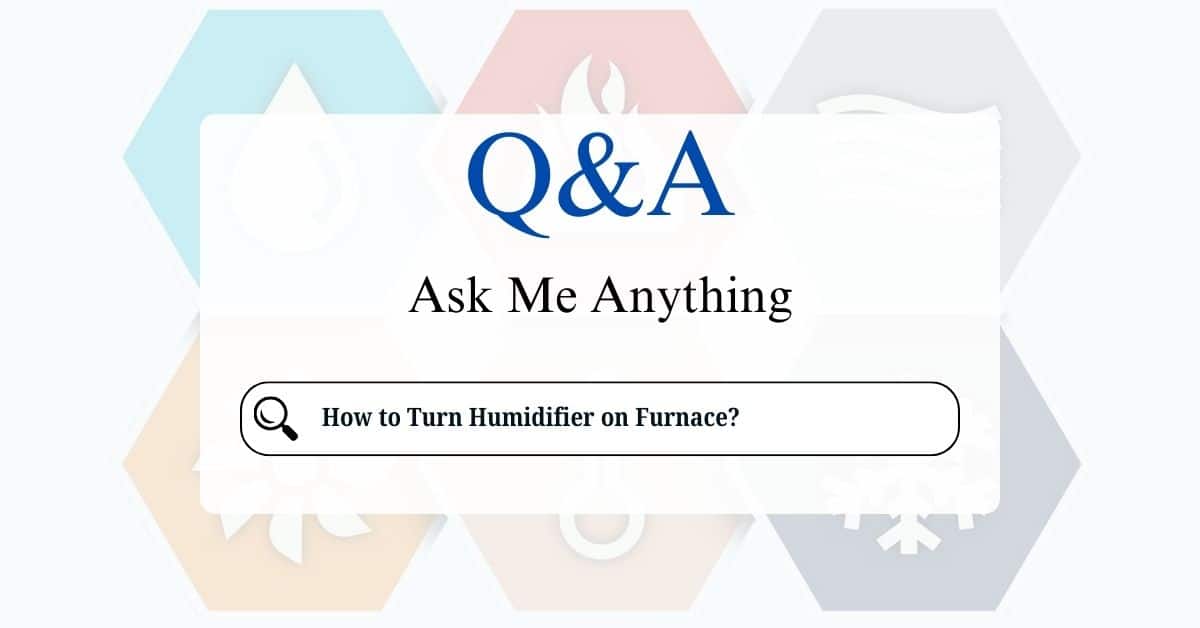When the air gets dry in the winter, a furnace-mounted humidifier can be a lifesaver. It adds moisture to your home’s air, making it more comfortable, protecting your skin, and even helping to preserve wood furniture. But what if you’re unsure how to turn it on? Don’t worry—this guide will walk you through the steps to activate your furnace humidifier and enjoy the benefits of properly humidified air.
What Is a Furnace Humidifier?
A furnace humidifier is an attachment that works with your heating system to add moisture to the air as it circulates through your home. There are different types of furnace humidifiers, including:
- Bypass humidifiers: These use air from the furnace to evaporate water and distribute it.
- Fan-powered humidifiers: These use their own fan to distribute moisture.
- Steam humidifiers: These create steam to add humidity directly to the air.
No matter the type, the goal is the same: to maintain a comfortable humidity level in your home, typically between 30-50%.
Step 1: Locate Your Furnace Humidifier
Before you can turn on your humidifier, you need to find it. Furnace humidifiers are usually mounted to the ductwork near your furnace. Look for a small box-like unit connected to your HVAC system. It will have a water line running to it and a control dial or humidistat nearby.
Step 2: Turn On the Water Supply
For your humidifier to work, it needs water. Follow these steps to ensure the water supply is turned on:
- Locate the water valve connected to the humidifier. It’s usually a small lever or knob on a copper or plastic water line.
- Turn the valve counterclockwise (if it’s a knob) or align the lever with the pipe to open it.
- Check for any leaks along the water line to ensure it’s in good condition.
Step 3: Adjust the Humidistat

Most furnace humidifiers come with a humidistat, which controls the humidity level in your home. The humidistat may be mounted on the ductwork near the humidifier or integrated into your thermostat. Here’s how to set it:
- Find the humidistat dial or digital control.
- Set it to your desired humidity level, typically 30-50%. During colder weather, aim for the lower end of this range to prevent condensation on windows.
If your thermostat has a built-in humidifier control, you can adjust the settings there instead.
Step 4: Turn On the Furnace Fan
For the humidifier to work, air needs to flow through your furnace system. This usually happens automatically when the furnace is heating, but you can also run the fan independently:
- Set your thermostat to “Fan On” or “Fan Auto” mode.
- If your thermostat doesn’t have this option, locate the fan switch on your furnace and turn it on manually.
Step 5: Test the Humidifier
Now that everything is set up, it’s time to test the humidifier to ensure it’s working properly:
- Listen for the sound of water flowing into the humidifier.
- Check for moisture in the air vents after running the system for a few minutes.
- Inspect the humidifier pad or filter to ensure it’s wet. If it’s dry, there may be an issue with the water supply or humidifier operation.
Step 6: Perform Basic Maintenance
To keep your furnace humidifier running efficiently, regular maintenance is essential. Here are a few tips:
- Clean the humidifier pad or filter: Over time, mineral deposits can build up on the pad or filter. Remove and clean it with a solution of water and vinegar or replace it if it’s too dirty.
- Inspect the water line: Check for leaks or blockages in the water supply line.
- Check the drain line: Ensure the drain line is clear and free of debris.
- Replace parts as needed: Some components, like the humidifier pad, need regular replacement. Refer to your humidifier’s manual for specific recommendations.
It’s important to adjust your humidifier seasonally. In the winter, you’ll likely want to have it on. In the summer, when you’re not using your furnace, you should turn off the water supply and close the damper (if you have a bypass humidifier) to prevent mold growth and unnecessary water usage.
Some humidistats are automatic and adjust the humidity level based on the outdoor temperature. These are generally more convenient as they require less manual adjustment.
Troubleshooting Common Issues
If your humidifier isn’t working as expected, here are some common problems and solutions:
- No water flow: Ensure the water valve is open and the water line is not clogged.
- Dry air: Check the humidistat setting and make sure the furnace fan is running.
- Leaks: Inspect the water and drain lines for cracks or loose connections.
- Mineral buildup: Clean or replace the humidifier pad if it’s clogged with mineral deposits.
If you’ve tried all the steps above and your humidifier still isn’t working, it might be time to call an HVAC technician. A professional can diagnose and fix more complex issues, such as electrical problems or internal component failures.
Turning on your furnace humidifier is a simple process that can make a big difference in your home’s comfort. By following these steps and performing regular maintenance, you can enjoy the benefits of properly humidified air all winter long. If you run into any issues, don’t hesitate to seek professional help. Stay cozy and breathe easy!






